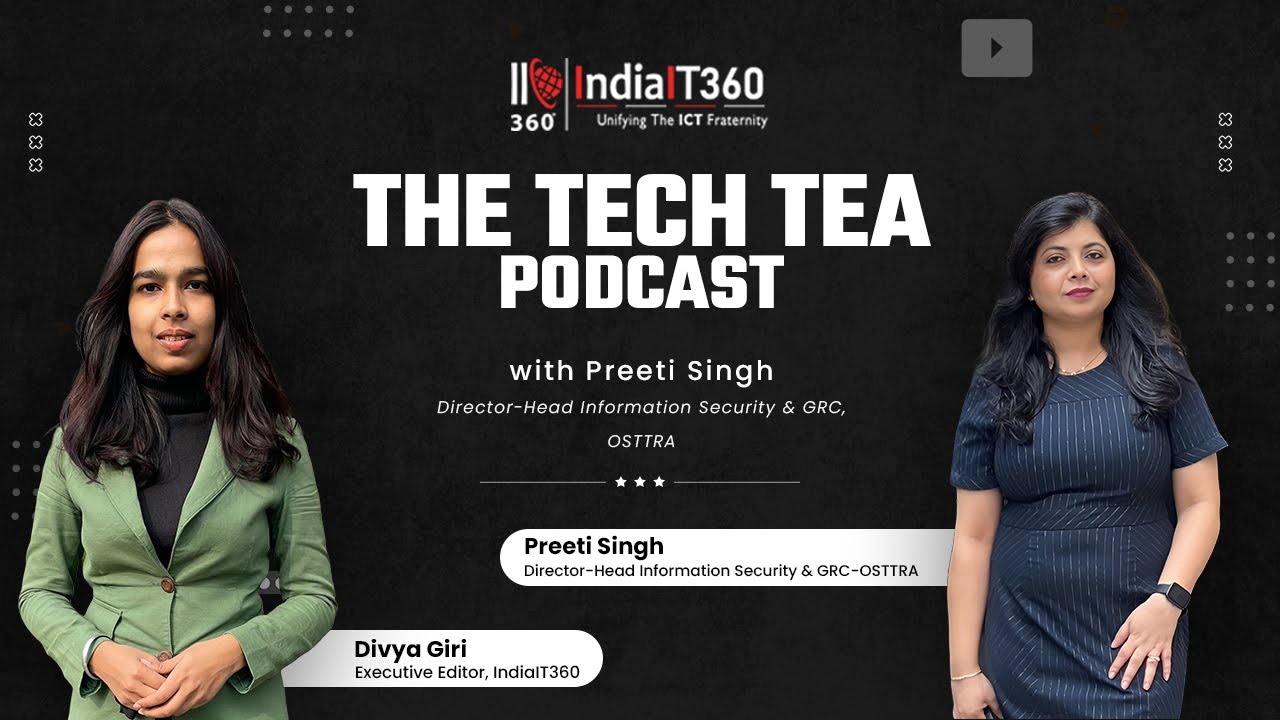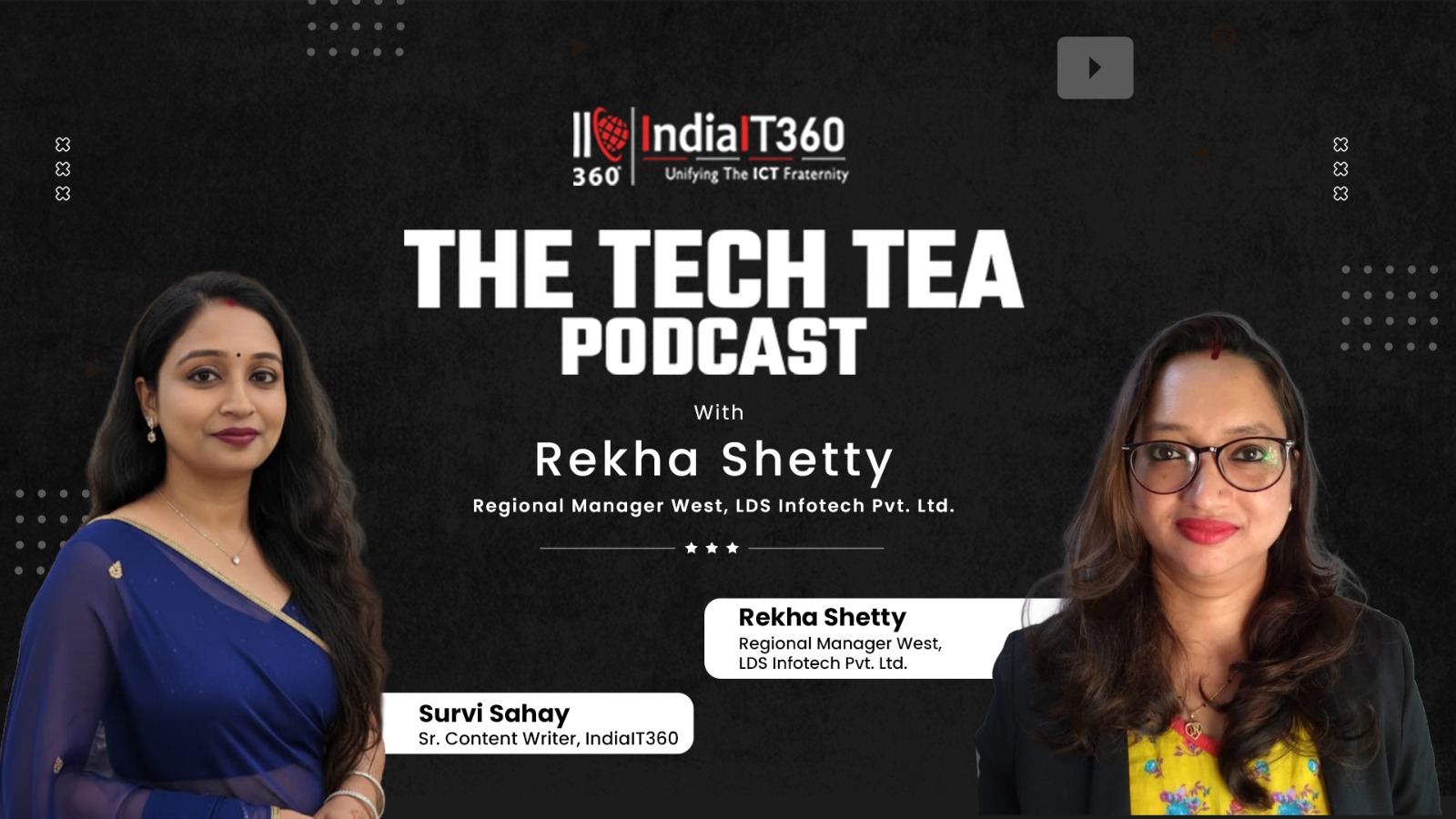Data Governance Strategies For Effective Decision – Making
Unlocking the Power of Data
Organizations always want to make the best decisions possible in the data-driven world of today. Utilizing data to inform decisions has several important advantages, one of which is that it keeps us free from prejudice and presumptions. However, it can be difficult to guarantee the accuracy, integrity, and availability of data when there is excessive volume to manage and analyze. That’s the situation where data governance techniques are useful. Organizations use data governance procedures and a framework to oversee and manage their data assets. To ensure data quality, privacy, and compliance, rules, processes, and roles must be clearly defined. We’ll discuss how crucial data governance is to facilitating wise decisions and offer tips on how to put it into practice in your company. This information is for you if you’re an IT specialist, business executive, or data analyst. Let’s unleash data’s potential! A clear policy framework reduces the possibility of misunderstandings and boosts decision-makers’ trust in the information they utilize.
The Significance of Data Governance for Effective Decision-making
Data governance involves the formulation and enforcement of policies, procedures, and standards to ensure the quality, integrity, and security of data across an organization. This discipline is essential for fostering a culture of accountability, transparency, and compliance. As organizations increasingly rely on data to drive decision-making processes, a well-defined data governance framework becomes a strategic imperative.
Additionally, data governance aids in an organization’s adherence to rules and privacy legislation. Organizations may safeguard confidential data and reduce the likelihood of data breaches or non-compliance by establishing roles and responsibilities for data management and putting security measures in place.
Organizations can ensure the accuracy and consistency of their data by putting data governance into practice. This entails creating guidelines and protocols for standardizing, cleaning, and validating data. Decision-makers may feel confident in the information they use to inform corporate strategy when there is clean and trustworthy data.

Key components of data governance strategies
A thorough assessment of various essential components is necessary for the implementation of good data governance initiatives. These elements may assist companies in realizing the full potential of their data and serve as the cornerstone of effective data governance programs. We will examine these elements and talk about how they support efficient decision-making procedures and data integrity in this part.

Data governance framework: To define the procedures and organizational structure that will control data management, you must first establish a data governance framework. The roles, duties, and responsibilities of those participating in data governance activities should be outlined in this framework.

Define Clear Policies and Standards: It is essential to set up thorough rules and guidelines for the use, storage, and access to data. To guarantee that everyone in the organization is aware of the proper way to manage data, these standards ought to be distributed. A clear policy framework reduces the possibility of misunderstandings and boosts decision-makers’ trust in the information they utilize.

Define Data Governance Team: Establishing a specialized data governance team including representatives from many departments guarantees that the data strategy of the organization is in line with its overarching business goals. This group is in charge of managing the application of data governance guidelines, settling conflicts, and offering advice on topics about data.

Data quality management practices: Ensuring the quality of your data is essential for making trustworthy decisions. Maintaining correct and consistent data throughout the company may be facilitated by putting data quality management techniques, such as data validation, standardization, and cleaning, into effect.

Ensure Data Security and Compliance: It is crucial to safeguard sensitive data and make sure that rules and privacy laws are followed. Strong security controls and procedures should be a part of data governance plans to protect data integrity and lower the possibility of noncompliance or data breaches.

Facilitate Data Lifecycle and Traceability: Gaining confidence in decision-making processes requires an understanding of the data’s path from its source to its present condition. By putting in place data lineage and traceability procedures, businesses can monitor modifications, spot any problems, and improve responsibility across the data lifetime.

Data cataloging and metadata management: Creating a centralized catalog of data assets and managing metadata can improve data discoverability and facilitate data governance efforts. This component helps organizations understand their data landscape and promotes transparency and collaboration among teams.
Implementing best practices for a data governance framework
Implementing a data governance framework is a critical step in establishing effective data governance strategies. By incorporating the above key components into your data governance strategies, you can establish a strong foundation for effective decision-making and optimize the value of your data assets. This framework provides the structure and guidelines necessary to ensure consistent data management practices across the organization.
To implement a data governance framework, start by clearly defining the roles and responsibilities of individuals involved in data governance activities. This includes identifying data stewards, who will be responsible for overseeing the quality and integrity of the data, and data custodians, who will manage data storage and access.
Advertisement
Next, establish processes and procedures for data governance, such as data classification and data lifecycle management. This will help ensure that data is properly classified, stored, and disposed of when necessary.
Additionally, consider implementing data governance tools and technologies to support your framework. These tools can help automate data management processes, provide visibility into data assets, and enable collaboration among stakeholders.
Remember, implementing a data governance framework is not a one-time event. Regular reviews and updates will be necessary to adapt to changing business needs and evolving data governance practices.

Data quality and integrity management
Ensuring data quality and integrity is a crucial aspect of effective data governance. Without reliable and trustworthy data, organizations cannot make informed decisions.
To ensure data quality and integrity, organizations should establish data quality metrics and standards. These metrics should be aligned with the organization’s goals and objectives. Regular data quality assessments should be conducted to identify and address any data issues.
Implementing data validation processes can also help maintain data integrity. These processes involve performing checks and validations on incoming data to ensure its accuracy and completeness. Data validation rules should be defined and applied consistently across the organization.
Furthermore, data governance initiatives should include data documentation and metadata management. Proper documentation helps users understand the context and lineage of data, ensuring its accuracy and reliability.
Data access and security protocols management
To ensure the effectiveness of data governance strategies, organizations must establish robust data access and security protocols. While data should be accessible to authorized individuals for decision-making purposes, it is also essential to protect it from unauthorized access and breaches.
Implementing role-based access controls is a proven method of managing data access effectively. By assigning specific roles and responsibilities, organizations can ensure that only those with the necessary permissions can access sensitive or confidential data. Regular reviews and audits of user access rights should be conducted to identify and mitigate potential security risks.
In addition to controlling access, data encryption techniques should be employed to safeguard data both at rest and in transit. Strong encryption algorithms and secure communication protocols should be used to protect data from unauthorized interception or disclosure.
Moreover, organizations need to stay updated with relevant data privacy regulations and compliance requirements. This includes implementing procedures to handle data breaches, conducting privacy impact assessments, and ensuring data is processed lawfully.
By establishing robust data access and security protocols, organizations can enhance the effectiveness of their data governance strategies and protect the confidentiality, integrity, and availability of valuable data assets. In the next section, we will explore the role of data stewardship in ensuring data governance success.
Empowering employees on data governance practices with training.
Educating and empowering employees on data governance practices is a critical aspect of ensuring the success of data governance strategies. It is not enough to have robust access and security protocols in place; organizations must also focus on building a data-centric culture throughout the organization.
This begins with training employees on data governance policies and procedures, including the importance of data protection, privacy, and compliance. Employees should understand their role in maintaining data integrity and be aware of the potential risks associated with mishandling data. Regular training sessions and workshops can be conducted to refresh and reinforce these principles.
Furthermore, organizations can empower employees by providing them with the necessary tools and resources to handle data effectively. This may include access to data governance tools and technologies that enable efficient data management, data quality monitoring, and data lineage tracking. This will result in improved data governance practices, more effective decision-making, and a culture where data is seen as a valuable organizational asset that must be protected and utilized strategically
Measuring and evaluating the success of your data governance strategy
Measuring and evaluating the success of your data governance strategy is essential to ensure that your efforts are effective and producing the desired results. Without proper measurements and evaluations, you may not know whether your strategy is meeting its intended goals, or if adjustments need to be made.
One way to measure the success of your data governance strategy is through key performance indicators (KPIs). These are specific metrics that can be used to track and assess the progress and impact of your strategy. KPIs can include data quality metrics, such as accuracy and completeness, as well as metrics related to compliance, security, and data usage.
Regular assessments, feedback, and audits can also help evaluate the effectiveness of your data governance strategy. This can involve reviewing policies and procedures, conducting data assessments, and analyzing feedback from employees and stakeholders. Assessments should be done at regular intervals to ensure that the strategy is continuously improving and remains aligned with organizational goals.
Harnessing the power of data through effective data governance and implementing a robust data governance strategy is essential for unlocking the power of data and supporting effective decision-making within your organization. In the era of big data and analytics, effective decision-making hinges on the implementation of robust data governance strategies. Organizations that prioritize data governance are better equipped to navigate the complexities of the data landscape, mitigate risks, and harness the full potential of their data assets. As the business environment continues to evolve, a proactive and comprehensive approach to data governance will be a key differentiator for organizations seeking sustainable success.
Article Written by : Venugopal Medicherla – Group Chief Information Officer, MSPL limited, Baldota Group










































